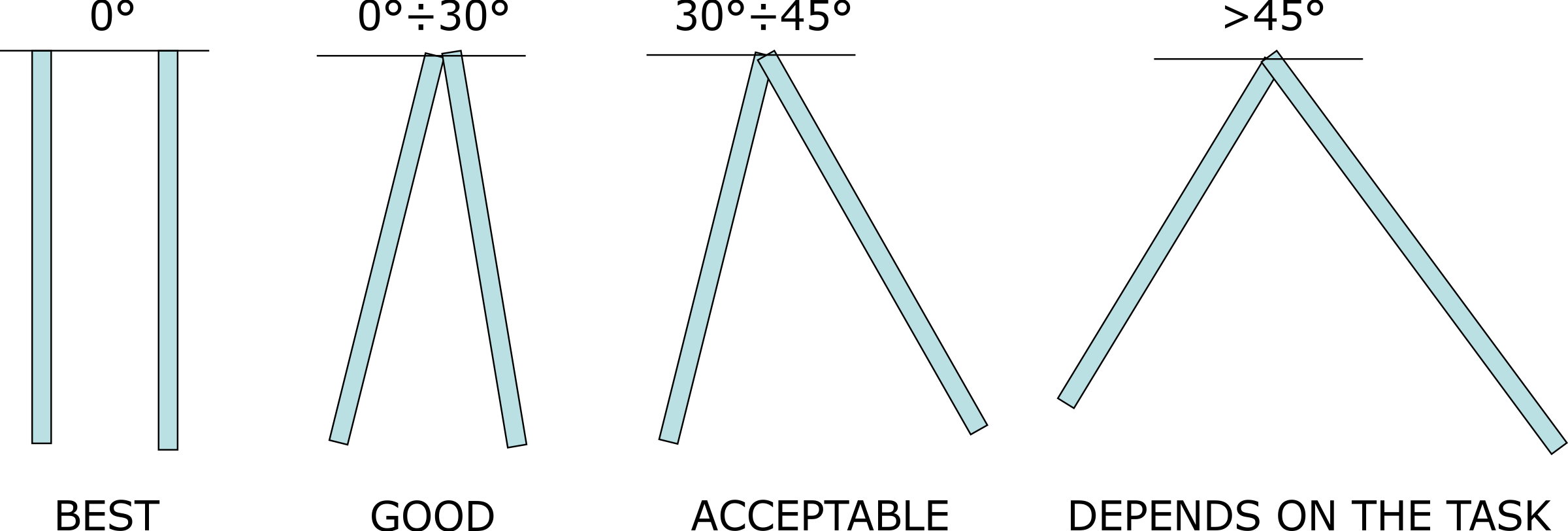For the successful application of the FARA system, it is necessary that the project meet a number of requirements that can be divided into the following groups:
Borehole parameters
Boreholes should not have a casing (at least in the survey area). It is possible to use non-conductive casing.
The diameter of the boreholes should be not less than 50 mm.
Survey depth
The maximum depth of survey is determined by the capabilities of the lifting equipment. For the winches of the FARA system, the depth of the boreholes can reach 3000 meters.
The minimum depth of survey is determined by two factors:
1. The length of the borehole system is 100 meters.
2. The effect of an additional signal coming out to the surface. From the experience of using the system, the minimum depth available for survey is approximately half the distance
between the boreholes.
Thus, the minimum depth of survey is approximately half the distance between the boreholes, but not less than 100 meters.
Geometry of mutual disposition of boreholes
Ideal geometry for the operation of the system is parallel boreholes. The greater the angle between the directions of the boreholes, the higher the probability of inaccuracies in the result.
In the case where the angle between the directions of the boreholes exceeds 45 degrees, it is impossible to determine the shape and exact location of the object. However, the task of
establishing the existence of the object can be successfully solved.

Distance between boreholes
The maximum distance between the boreholes, available for survey with the FARA system, is determined primarily by two parameters - the frequency of the survey and the resistivity of
the host medium in the cross-hole space. Below is the dependence of the maximum cross-hole distance from the resistivity of the host medium for the frequencies of the FARA system.
It should be pointed that with a decrease in the frequency of the survey, the wavelength increases in the cross-hole space, which, in turn, reduces the ability to register search object.
Ability to register search objects
The ability of registering search objects, in the first place, is related to the length of the electromagnetic wave in the coss-hole space. The shorter the wave, the higher the ability of the
system to register objects, that is, the higher its resolvability. The wavelength increases with decreasing syrvey frequency and with an increase in the resistivity of the cross-hole
space.
Thus, an increase in the frequency of survey leads, on the one hand, to an increase in the resolvability of the system, on the other hand, to a reduction in the maximum possible distance
between the boreholes (see Distance between boreholes).
In practice, the ability to identify particular objects depends on many factors - such as size, shape, contrast in resistivity, etc. Therefore, for preliminary assessment of the capabilities of
the system for different situations applies modeling.
Modeling for the purpose of obtaining an assessment of the possibility of solving various problems with the FARA system is possible on request.



